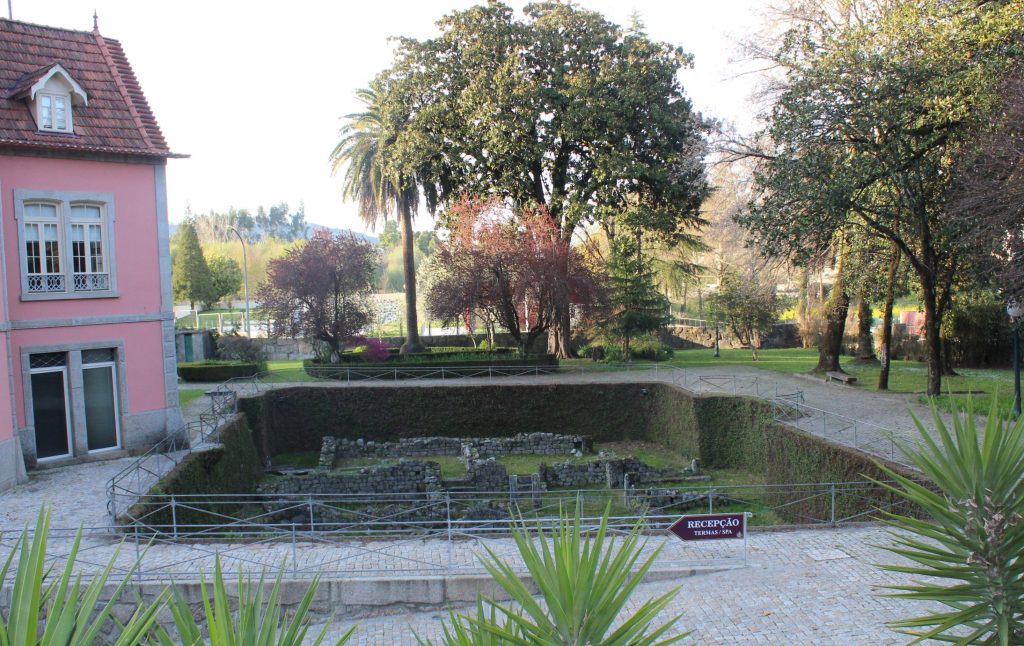1⟨…⟩ heliosis, dropacismus et lixiuii calidi perfusio et psychrolusia atque cataclysmus, hoc est aquarum e supernis illisioDuchas de agua, natatio maritima et aquarum na⟨t⟩uraliumAguas con propiedades salutíferas naturales (con temperatura y composición), no calentadas ni creadas artificialmente. Término muy utilizado para designar las aguas mineromedicinales. et magis frigidarum, quae aluminisAguas termales aluminosas naturam exhalent, quas stypteri[a]z⟨us⟩asAguas termales aluminosas uocauerunt, siue ferrugineasAguas ferruginosas, con una elevada disolución de hierro., quas siderizusasAguas ferruginosas, con una elevada disolución de hierro. appellant;
1[prescribe] sun-bathing, pitch plasters, a dousing with hot lye, cold baths, a shower bath, that is to say, a stream of water from above, and swimming in the sea or in mineral springs. Cold springs that give off vapors of alum (Greek styptērizusae) and chalybeate waters (Greek sidērizusae) are the best for this purpose.
Commentary
Tratamientos para la elephantiasis, una forma de lepra. Describe varios tipos de aguas naturales apropiadas: aluminosas y ferruginosas.


